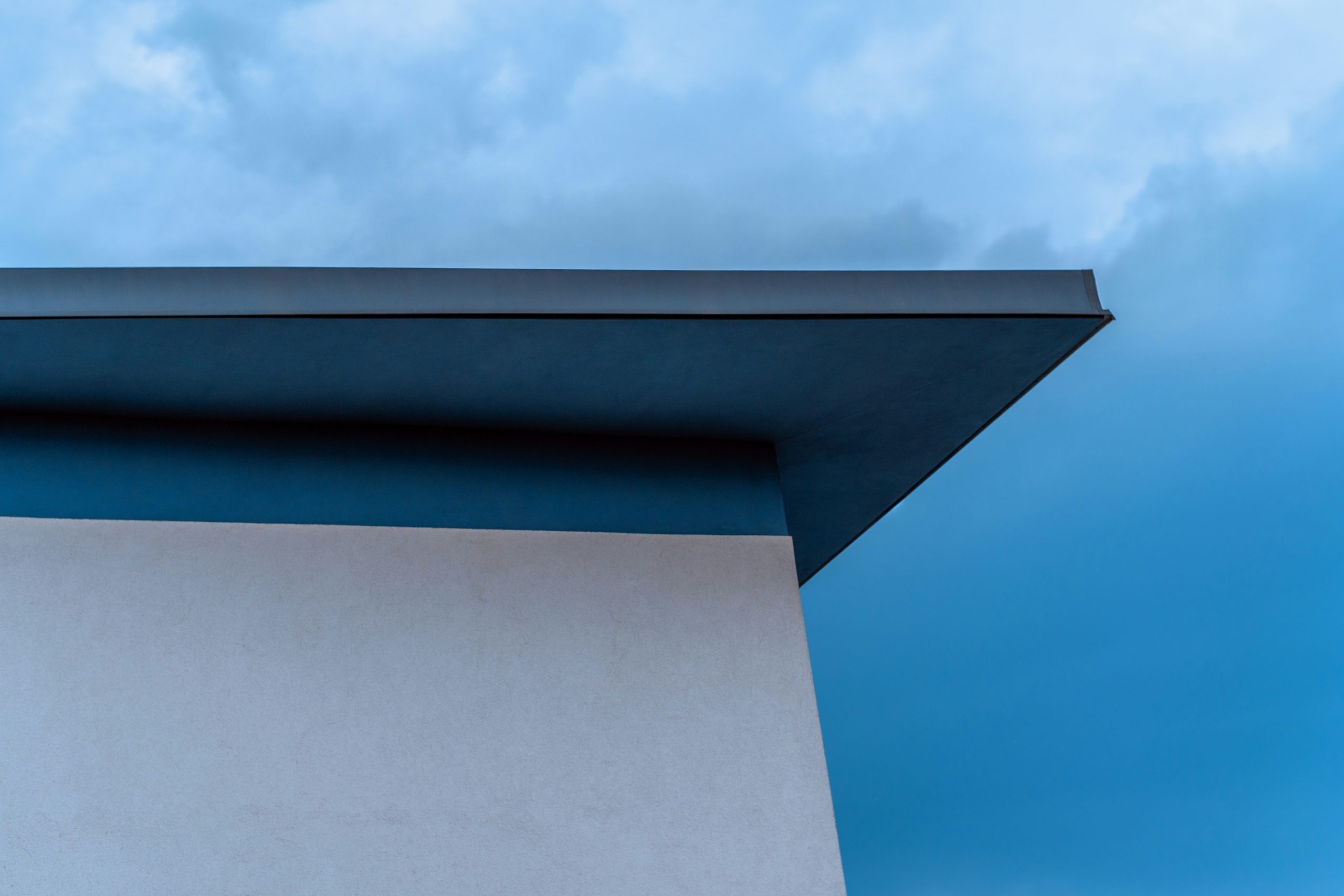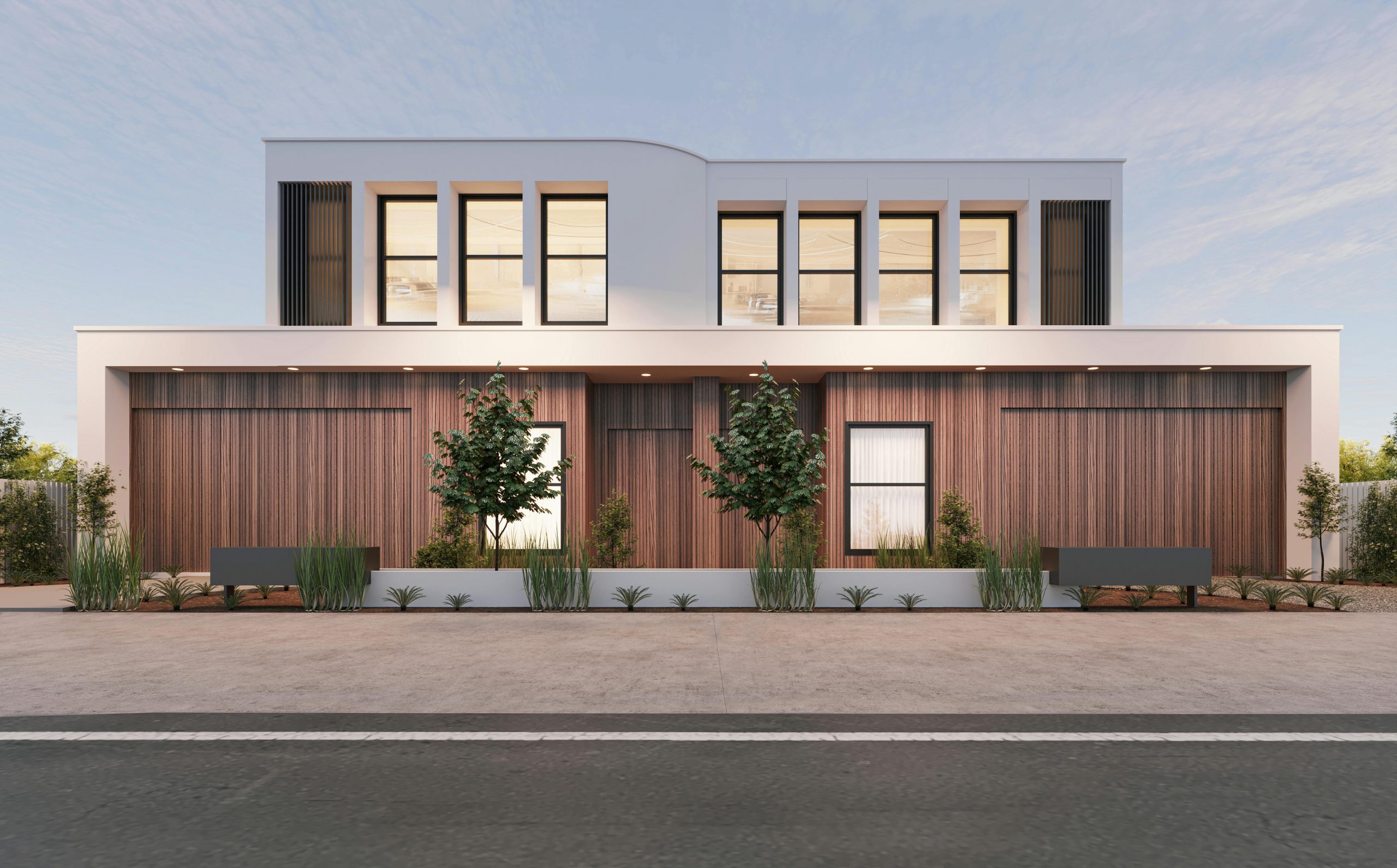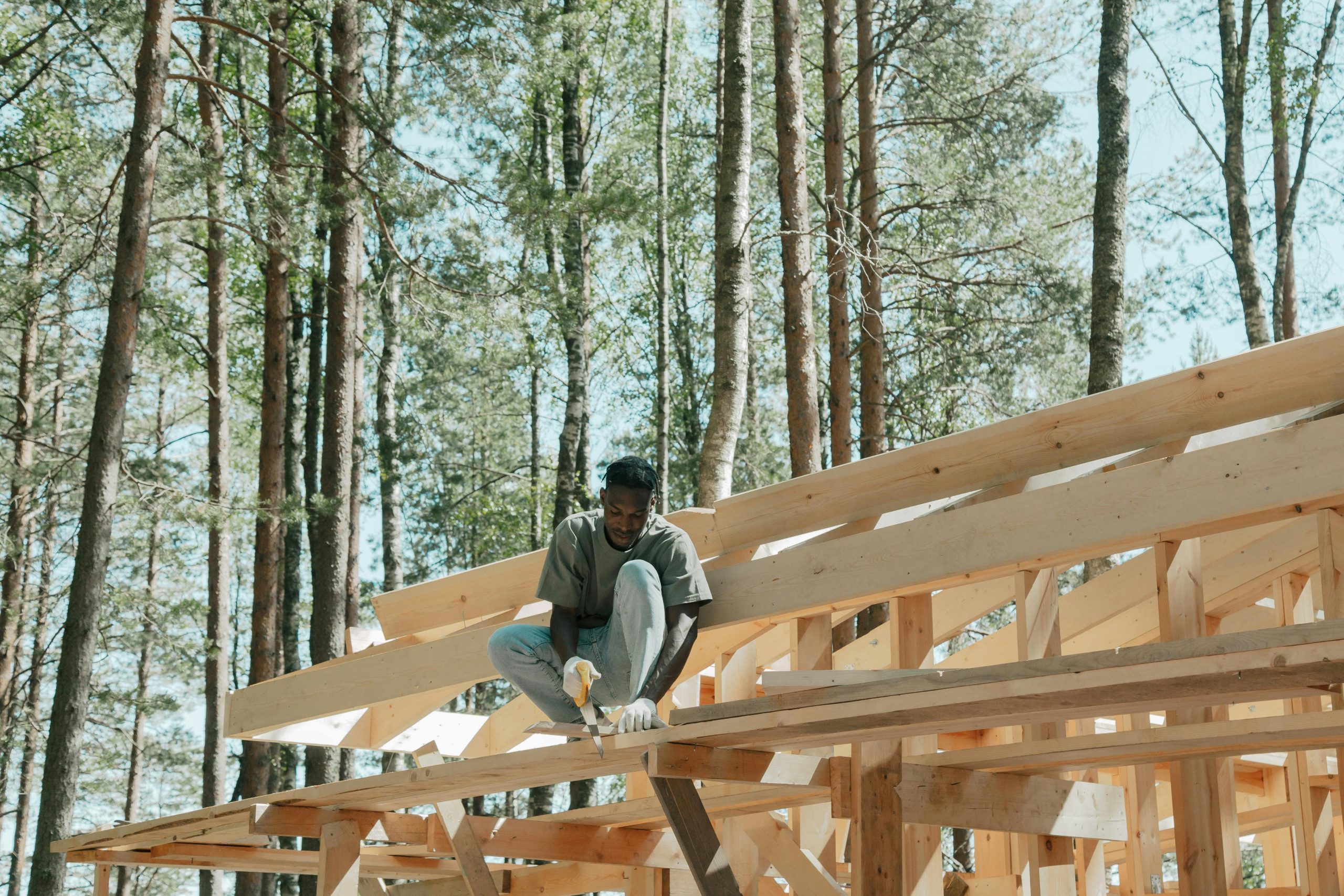
Flat Roof Materials: Types, Benefits & Installation Guide
Flat roofs are a popular choice for modern homes and commercial buildings because of their sleek design, ease of access, and versatile construction options. However, selecting the right flat roof materials is critical to ensure durability, weather resistance, and long-term performance. This guide will help homeowners and property managers understand the types of flat roof materials, their advantages, and how to maintain them for optimal lifespan.
Why Choose a Flat Roof?

Flat roofs have become increasingly common in both residential and commercial architecture due to their unique advantages:
- Modern Aesthetic: Flat roofs create a contemporary look, complementing minimalist designs.
- Additional Usable Space: Rooftop patios, gardens, or solar panel installations are easier on flat surfaces.
- Easier Maintenance: Flat roofs are easier to inspect and repair compared to steep slopes.
- Cost-Effective Construction: Flat roofs require fewer materials and simpler framing than pitched roofs.
Despite their benefits, flat roofs require proper material selection and regular maintenance because water pooling and exposure to sun can affect longevity.
Common Flat Roof Materials
Selecting the right material depends on climate, budget, building type, and intended use. Below are the most popular options:
1. Built-Up Roofing (BUR)
Overview: Also known as “tar and gravel” roofing, BUR consists of multiple layers of roofing felt alternated with bitumen (asphalt or coal tar).
Pros:
- Long-lasting when installed correctly.
- Provides excellent waterproofing.
- Fire-resistant with added gravel top layer.
Cons:
- Heavy; may require reinforced structure.
- Installation can be messy and time-consuming.
- Limited aesthetic options.
Maintenance Tips:
- Inspect seams and flashing annually.
- Remove debris that may trap water.
- Repair blisters or cracks promptly to avoid leaks.
2. Modified Bitumen Roofing
Overview: Modified bitumen is a variation of asphalt roofing that includes synthetic rubber or plastic for added durability. It comes in rolls, often installed using heat or self-adhesive methods.
Pros:
- Flexible and resistant to extreme temperatures.
- Suitable for low-slope roofs.
- Easy to patch if damaged.
Cons:
- Requires proper installation to avoid leaks.
- UV exposure can degrade surface over time.
Maintenance Tips:
- Apply reflective coatings to reduce UV damage.
- Check seams and edges for lifting.
3. EPDM Rubber Roofing
Overview: EPDM (ethylene propylene diene monomer) is a synthetic rubber membrane available in large sheets. Popular for commercial flat roofs, it offers excellent waterproofing and flexibility.
Pros:
- Durable, lasting up to 30 years.
- Resistant to UV rays and ozone.
- Lightweight and easy to install.
Cons:
- Can be punctured by sharp objects.
- Dark color may absorb heat, increasing cooling costs.
Maintenance Tips:
- Clean debris to prevent punctures.
- Inspect seams and corners for peeling.
- Consider a reflective coating to reduce heat absorption.
4. TPO Roofing
Overview: Thermoplastic Olefin (TPO) is a single-ply roofing membrane made from rubber and plastic compounds. It is increasingly popular for both residential and commercial flat roofs.
Pros:
- Highly reflective, reducing cooling costs.
- Resistant to chemicals and UV damage.
- Lightweight and easy to install.
Cons:
- Less flexible than EPDM in cold weather.
- Requires professional welding at seams for best performance.
Maintenance Tips:
- Clean dirt and debris regularly.
- Check for seam integrity and patch leaks promptly.
- Inspect for shrinkage in extreme heat.
5. PVC Roofing
Overview: PVC (polyvinyl chloride) membranes are single-ply materials known for durability, fire resistance, and chemical tolerance.
Pros:
- Long lifespan of 20–30 years.
- Resistant to mold, fire, and chemicals.
- Reflective surface reduces energy costs.
Cons:
- Slightly more expensive upfront.
- Requires skilled installation for proper seam welding.
Maintenance Tips:
- Inspect seams and flashing regularly.
- Clean with mild detergent to remove dirt and debris.
- Avoid sharp tools that can puncture the membrane.
6. Spray-On Coatings
Overview: Spray polyurethane foam or elastomeric coatings can restore and waterproof existing flat roofs.
Pros:
- Seamless coverage reduces leaks.
- Provides additional insulation.
- Quick application for minor roof repairs.
Cons:
- Not a full replacement; lifespan is shorter than membranes.
- Requires professional application for best results.
Maintenance Tips:
- Reapply coatings every 5–10 years.
- Inspect for cracks or punctures after extreme weather.
Factors to Consider When Choosing Flat Roof Materials
When deciding on a material, consider the following:
- Climate: EPDM performs well in cold climates, while TPO and PVC reflect heat in sunny areas.
- Budget: BUR and modified bitumen can be less expensive upfront, while PVC and TPO have higher initial costs but lower maintenance.
- Durability: Consider the expected lifespan and the frequency of maintenance.
- Weight: Heavy materials may require structural reinforcement.
- Aesthetic Preferences: Some materials can be covered with gravel or coatings for visual appeal.
- Environmental Impact: Reflective materials and coatings can reduce energy costs and carbon footprint.
Installation Tips

Proper installation is critical to the longevity and performance of any flat roof. A poorly installed roof can lead to leaks, water pooling, and costly repairs. Follow these detailed tips to ensure a successful installation:
- Hire a Licensed and Experienced Contractor
- Look for contractors with specialized flat roof experience.
- Verify licensing, insurance, and references from previous projects.
- Ask about warranties for both materials and labor.
- Experienced professionals understand proper drainage, sealing, and material handling.
- Prepare the Roof Deck
- Inspect the underlying deck for rot, cracks, or structural issues.
- Ensure the surface is completely dry before installing roofing materials.
- Remove debris, old roofing materials, or nails that could puncture the new roof.
- Reinforce weak areas to support heavier roofing options like BUR or modified bitumen.
- Install Proper Underlayment
- Use high-quality underlayment to provide insulation, vapor protection, and waterproofing.
- Lay the underlayment smoothly, avoiding wrinkles or air pockets.
- Overlap seams according to manufacturer recommendations to prevent leaks.
- Some flat roofs benefit from additional layers of insulation to improve energy efficiency.
- Seal Seams, Corners, and Flashing Carefully
- Apply roofing adhesive, tape, or heat welding (depending on material) to all seams.
- Ensure flashing around chimneys, vents, skylights, and edges is tight and watertight.
- Pay special attention to roof-to-wall junctions, where leaks are most common.
- Check that all fasteners, nails, or screws are properly countersunk or sealed.
- Plan Proper Drainage
- Flat roofs require slight slopes (1/4” to 1/2” per foot) to prevent water pooling.
- Install scuppers, internal drains, or gutters to direct water away efficiently.
- Inspect and test drainage systems before finalizing installation.
- Consider Safety Measures During Installation
- Use fall protection when working on roofs, even for low-slope designs.
- Keep tools and materials organized to prevent accidents.
- Follow manufacturer guidelines for safe handling of adhesives, membranes, and sealants.
- Schedule Regular Inspections
- Inspect the roof at least once a year and after severe weather events.
- Check for debris accumulation, standing water, and punctures.
- Address minor issues immediately to prevent expensive repairs later.
- Maintain a log of inspections and maintenance to track the roof’s condition over time.
By following these steps, your flat roof will be properly installed, maximizing durability, waterproofing, and energy efficiency. Professional installation combined with regular inspections ensures a flat roof that performs reliably for decades.
Maintenance Tips for Flat Roofs
Routine maintenance extends the life of any flat roof:
- Clean Debris: Remove leaves, dirt, and branches that can trap moisture.
- Inspect Seams and Flashing: Check for lifting, cracks, or punctures.
- Check Drainage: Ensure gutters and downspouts are clear to prevent pooling.
- Repair Damage Promptly: Address minor issues before they become major leaks.
- Apply Reflective Coatings: Protect materials from UV rays and reduce energy costs.
Signs Your Flat Roof Needs Replacement
Even the most well-maintained flat roofs eventually wear out. Recognizing early warning signs can help you address issues before they lead to costly structural damage. Here are the key indicators that your flat roof may need replacement:
- Persistent Leaks or Water Pooling
- Standing water that does not drain properly is a major red flag.
- Even small leaks can cause wood rot, mold growth, and insulation damage.
- Check ceilings and attic spaces for water stains, as leaks often appear internally first.
- Blistering, Cracking, or Bubbling
- Blisters form when trapped air or moisture pushes up the roofing material.
- Cracks or splits reduce the roof’s waterproofing ability.
- Bubbling in the membrane or coating indicates aging materials that may fail under stress.
- Significant UV or Weather Damage
- Exposure to sun, rain, snow, and wind gradually deteriorates roofing material.
- Look for discoloration, chalking, or brittle surfaces.
- Excessive wear from weather can compromise the roof’s protective layer, leading to leaks and energy inefficiency.
- Sagging or Uneven Surfaces
- A sagging roof can indicate structural issues or weakened decking.
- Uneven areas may be caused by water pooling or deteriorated insulation.
- Sagging increases the risk of collapse and should be addressed immediately.
- Increased Energy Bills
- A failing flat roof often reduces insulation effectiveness.
- Poor insulation allows heat to escape in winter and enters in summer, driving up heating and cooling costs.
- Replacing the roof can restore energy efficiency and comfort in your home.
- Frequent Repairs Are No Longer Enough
- If you find yourself constantly patching leaks or resealing seams, it may be more cost-effective to replace the roof.
- Temporary fixes can prolong the problem but do not solve underlying deterioration.
- Age of the Roof
- Most flat roofs last 15–25 years depending on materials (e.g., EPDM, TPO, modified bitumen).
- Even without visible damage, an older roof may be due for replacement to avoid sudden failure.
Tip: Early recognition and timely replacement prevent more severe structural problems, reduce repair costs, and protect your home from water damage. Regular inspections and maintenance logs help track your roof’s condition over time.
Final Thoughts
Choosing the right flat roof materials is essential for durability, efficiency, and aesthetics. Whether you prefer EPDM, TPO, PVC, or traditional BUR, understanding the advantages, limitations, and maintenance requirements ensures your flat roof protects your home effectively. Pairing proper installation with regular inspections and maintenance will keep your flat roof functional and attractive for decades.